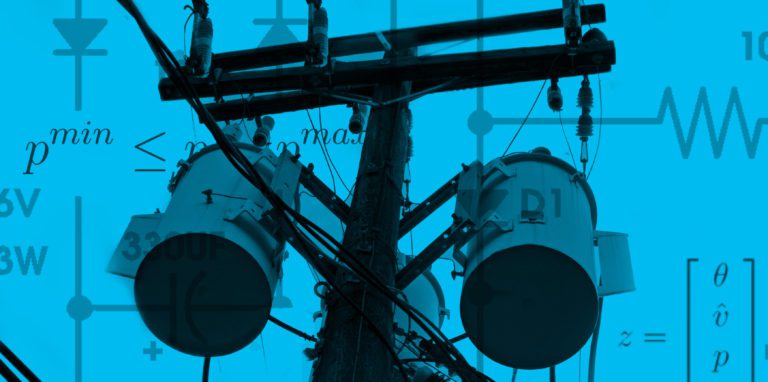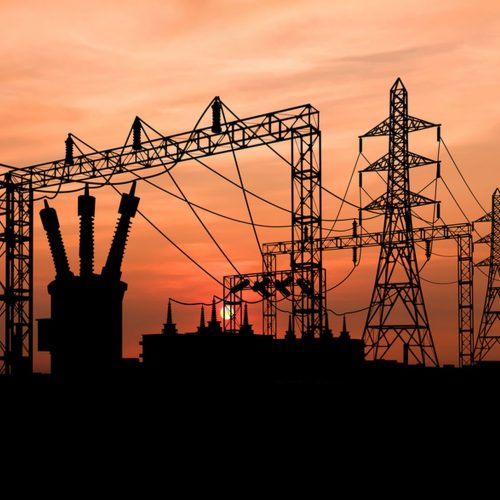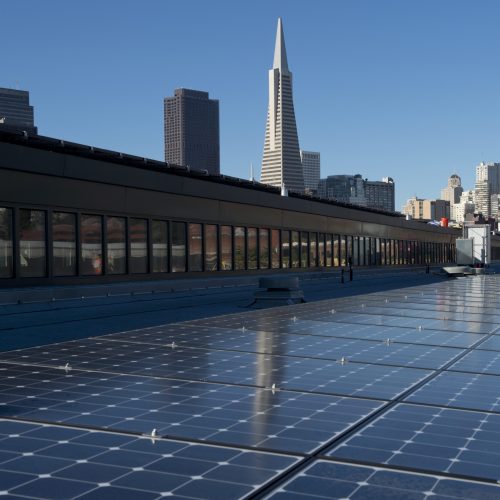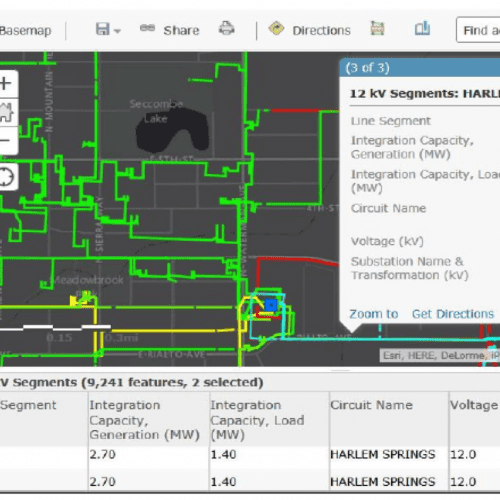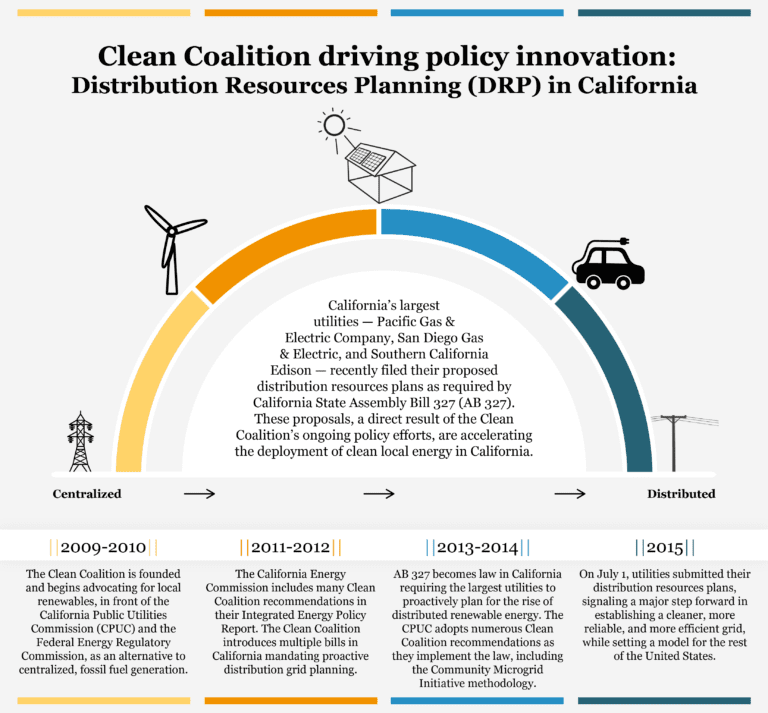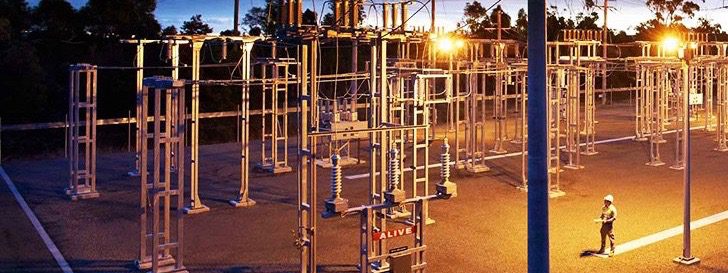The U.S. electric grid is in the midst of transformational change. Originally designed to transport power from remote power plants to end-use customers, our centralized grid is being challenged by new technologies. Rapidly dropping costs and technological advancements have made distributed energy resources (DER) — such as local renewables, energy storage, demand response, and energy efficiency — increasingly cost-effective solutions to meet electric system needs. Yet, few states are actively planning their distribution grids to capitalize on the growing value DER provide.
Distribution Resources Planning (DRP) establishes a comprehensive and transparent framework designed to improve distribution system planning, operations, and investment. It seeks to optimize utilization of existing electricity grid assets and new DER resources to modernize the grid while minimizing costs for ratepayers.
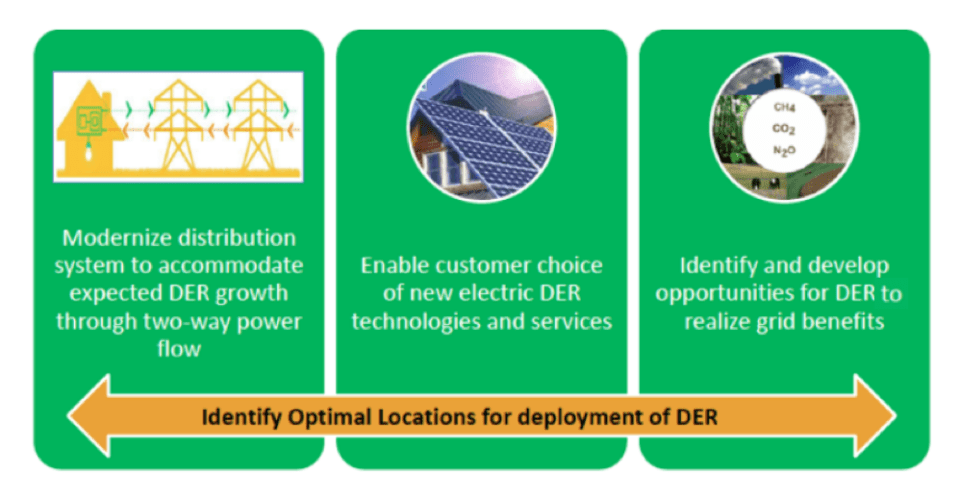
Building on its work driving California’s nation-leading DRP process, the Clean Coalition is now supporting the adoption of this vital policy in other states across the country. We support on-the-ground partners with policy expertise, model legislation, and coalition-building support.

